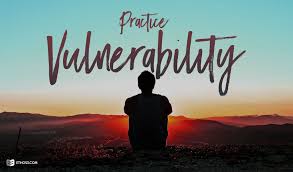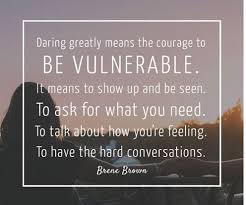This week I had Bob Jackson a colleague and friend visit me and spend some time at my school. I wanted him to authentically experience what was happening at our school so that he could provide fresh eyes and be a critical friend. I wanted some feedback about what he saw, heard and felt about the school.
I asked him to join our Grade 3 team meeting and to observe the process of collaboration. The team started out with celebrations. Celebrations of their students, teaching and learning and one another. One of the new staff shared that they were happy with themselves and finally felt like they could relax and had an understanding of the PYP, numeracy and literacy practices. They admitted that they struggled and really thought that now 7 months into the school year they had they knowledge and confidence to do their best teaching. This teacher openly shared their struggles with the team and admitted that the journey was very challenging.
When I debriefed this with Bob he was very surprised at the teacher’s willingness to be vulnerable with his team. He said that in his experience many educators experience “Imposter Syndrome” and are afraid to show their vulnerability to others.
As defined in the Scientific American Article “What is Imposter Syndrome?” There are 3 types of Imposter syndrome.
Type #1 “I’m a fake.”
“The fundamental fear is being discovered or unmasked. Achievers often feel like they’ve made it thus far under wraps, but the day will come when their cover is blown and they will be revealed as a fake.”
Type #2 “I got lucky.”
“The second flavor of Impostor Syndrome attributes achievements to luck. A twist on this is “I’m not smart/talented/gifted. I just work hard.””
Type #3: “Oh, this old thing?”
“In the last variation of Impostor Syndrome, the receiver of an award or recognition discounts or downplays the honor.”
This observation made me stop and think.
As leaders how do we show our vulnerability with our staff?
How do we encourage teachers to take risks, make mistakes and grow?
Are we creating a culture of compliance or collaboration?
I believe as a leader you must model and create conditions for your staff to take risks. They need to know if they make a mistake that you will be there to process the learning from the experience with them. Leaders need to create a culture of risk taking verses culture of compliance!
But how….
1. Admit when you do not know something and commit to finding the answers.
2. Admit when you are wrong.
3. Share your mistakes and the lessons you have learned.
4. Ask questions.
5. Avoid judgments.
6. Allow teachers to experiment and take risks.
7. Ask others for help if you need it.
8. Collaborate!
9. Ask for feedback and use it for your growth as a leader.
10. Model continuous professional learning and growth.
By showing your vulnerability as a leader you give permission for others to do the same.


